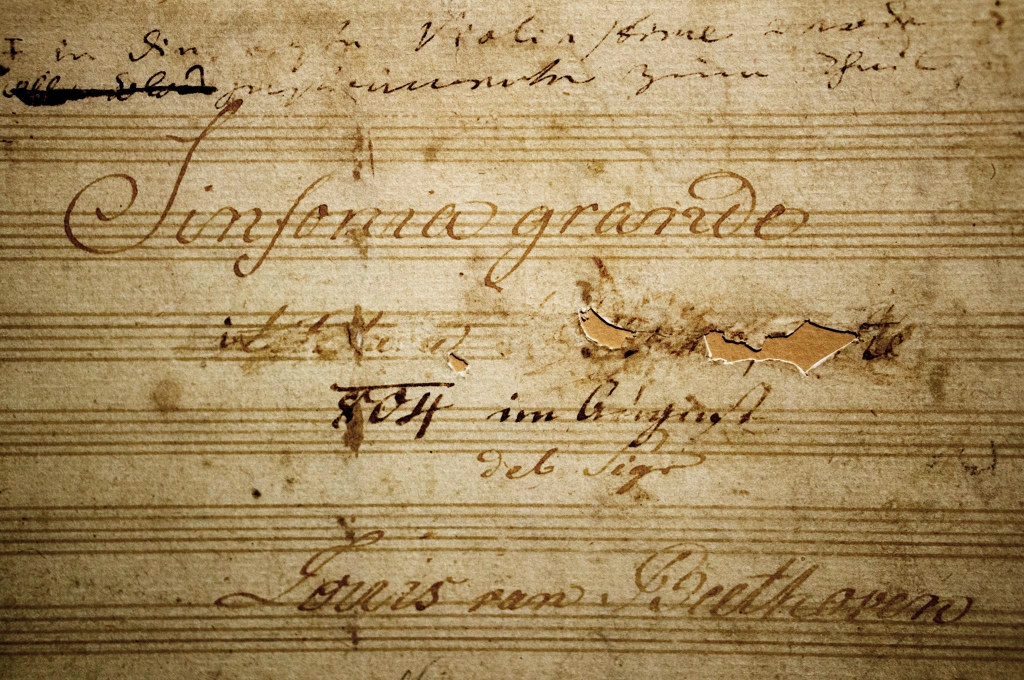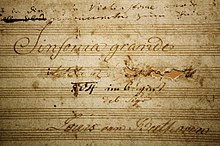
Although most performers of classical and traditional instruments receive some instruction in music history from teachers throughout their training, the majority of formal music history courses are offered at the college level. In Canada, some music students receive training prior to undergraduate studies because examinations in music history (as well as music theory) are required to complete Royal Conservatory certification at the Grade 9 level and higher. Particularly in the United States and Canada, university courses tend to be divided into two groups: one type to be taken by students with little or no music theory or ability to read music (often called music appreciation) and the other for more musically literate students (often those planning on making a career in music).
Most medium and large institutions will offer both types of courses. The two types of courses will usually differ in length (one to two semesters vs. two to four), breadth (many music appreciation courses begin at the late Baroque or classical eras and might omit music after WWII while courses for majors traditionally span the period from the Middle Ages to recent times), and depth. Both types of courses tend to emphasize a balance among the acquisition of musical repertory (often emphasized through listening examinations), study and analysis of these works, biographical and cultural details of music and musicians, and writing about music, perhaps through music criticism.
More specialized seminars in music history tend to use a similar approach on a narrower subject while introducing more of the tools of research in music history (see below). The range of possible topics is virtually limitless. Some examples might be "Music during World War I," "Medieval and Renaissance instrumental music," "Music and Process," "Mozart's Don Giovanni." In the United States, these seminars are generally taken by advanced undergraduates and graduate students, though in European countries they often form the backbone of music history education.
The methods and tools of music history are nearly as numerous as its subjects and therefore make a strict categorization impossible. However, a few trends and approaches can be outlined here. Like in any other historical discipline, most research in music history can be roughly divided into two categories: the establishing of factual and correct data and the interpretation of data. Most historical research does not fall into one category solely, but rather employs a combination of methods from both categories. It should also be noted that the act of establishing factual data can never be fully separate from the act of interpretation.
Source studies. A desire to examine sources of music closest to the composer or period which produced it has made manuscript, archival, and source study important in almost every field of musicology. In early music in particular, manuscript study may be the only way to study an unedited work. Such study may be complicated by the need to decipher earlier forms of music notation. Manuscript study can also allow a researcher to return to a version of a work prior to the interventions of later editors, perhaps as a basis for her own edition.
Archival work may be conducted to find connections to music or musicians in a collection of documents of broader interests (e.g., Vatican pay records, letters to a patroness of the arts) or to more systematically study a collection of documents related to a musician. In some cases, where records, scores, and letters have been digitized, archival work can be done online. One example of a composer for whom archival materials can be examined online is the Arnold Schoenberg Center.[1]
Performance practice draws on many of the tools of historical musicology to answer the specific question of how music was performed in various places at various times in the past. Scholars investigate questions such as which instruments or voices were used to perform a given work, what tempos (or tempo changes) were used, and how (or if) ornaments were used. Although performance practice was previously confined to early music from the Baroque era, since the 1990s, research in performance practice has examined other historical eras, such as how early Classical era piano concerti were performed, how the early history of recording affected the use of vibrato in classical music, or which instruments were used in Klezmer music.
Biographical studies of composers can give a better sense of the chronology of compositions, influences on style and works, and provide important background to the interpretation (by performers or listeners) of works. Thus biography can form one part of the larger study of the cultural significance, underlying program, or agenda of a work; a study which gained increasing importance in the 1980s and early 1990s.
Sociological studies focus on the function of music in society as well as its meaning for individuals and society as a whole. Researchers emphasizing the social importance of music (including classical music) are sometimes called New musicologists.
Semiotic studies are most conventionally the province of music analysts rather than historians. However, crucial to the practice of musical semiotics - the interpretation of meaning in a work or style - is its situation in an historical context. The interpretative work of scholars such as Kofi Agawu and Lawrence Kramer fall between the analytic and the music historical.

ไม่มีความคิดเห็น:
แสดงความคิดเห็น